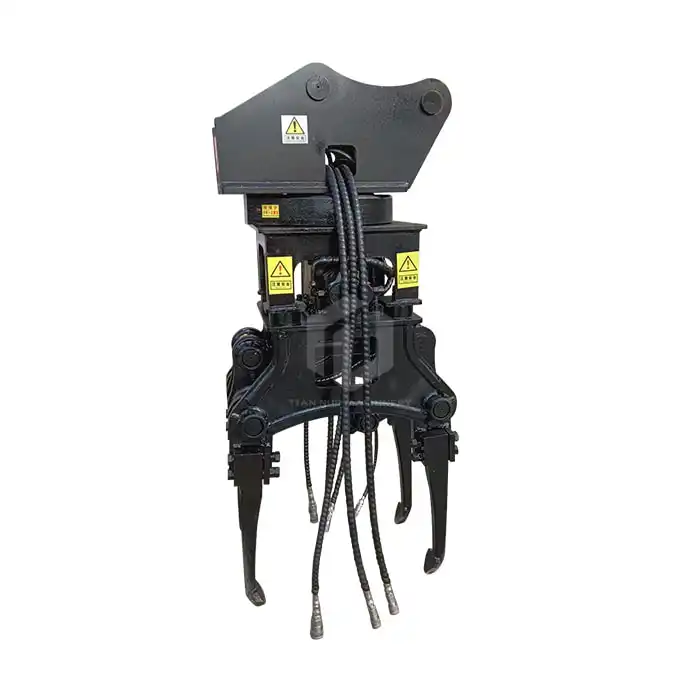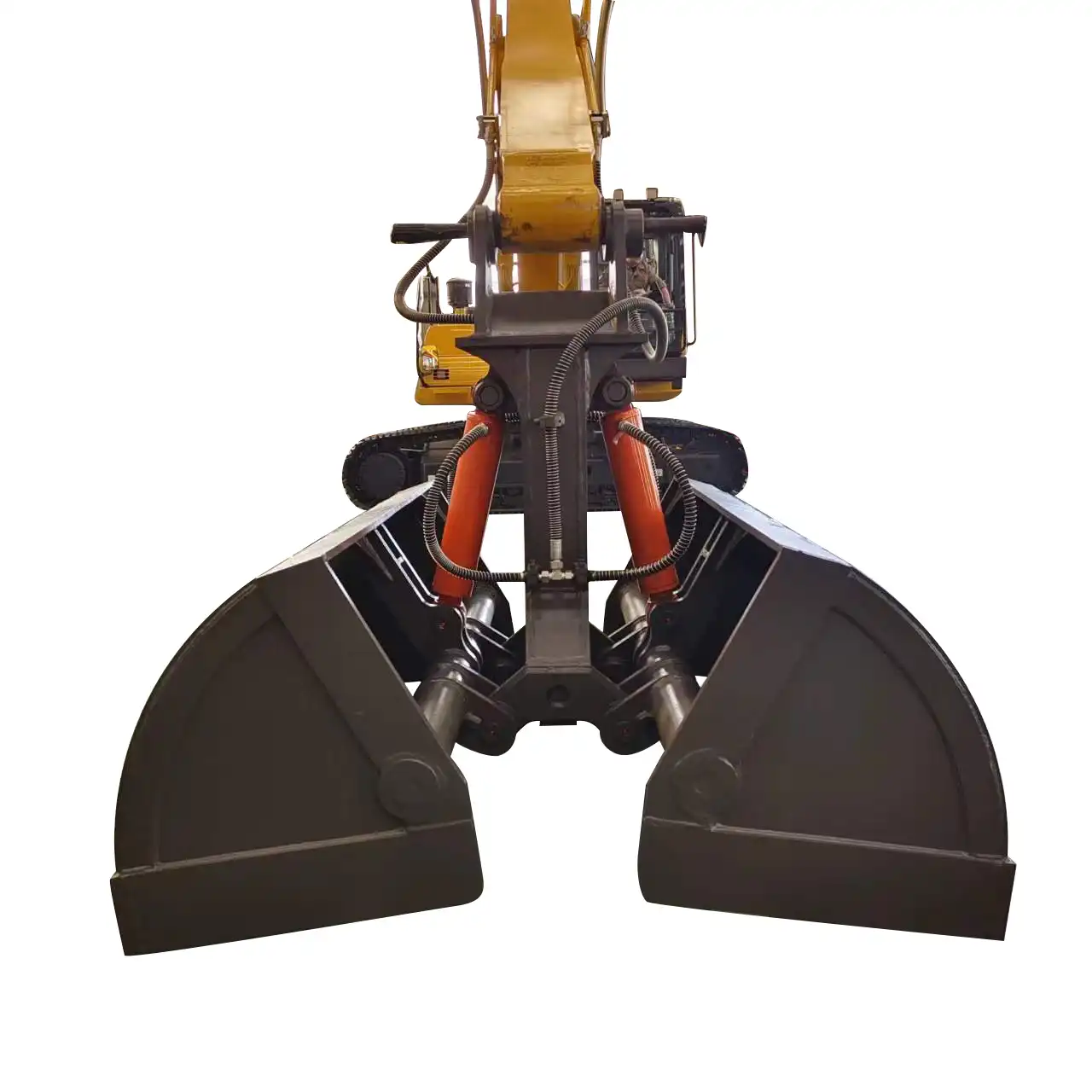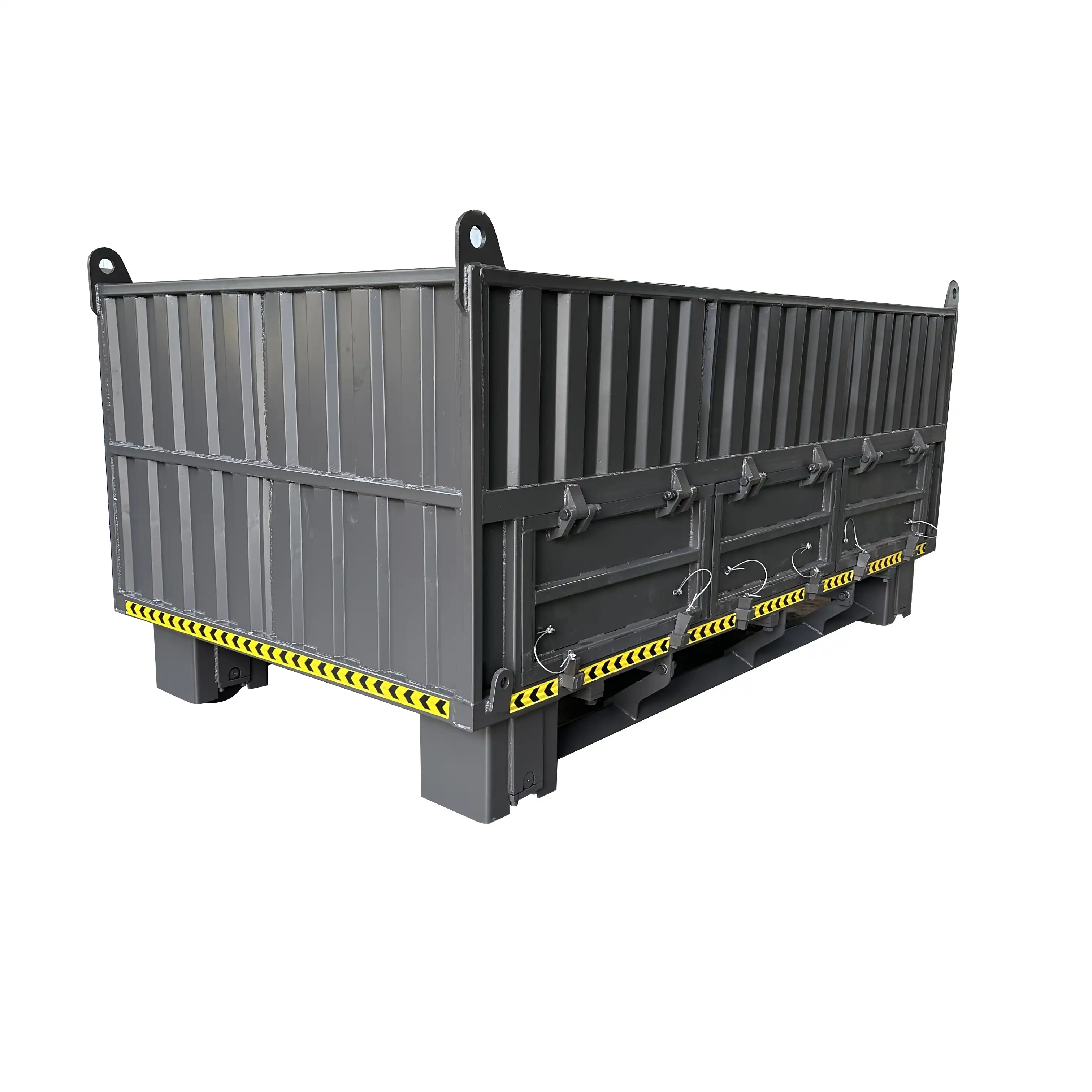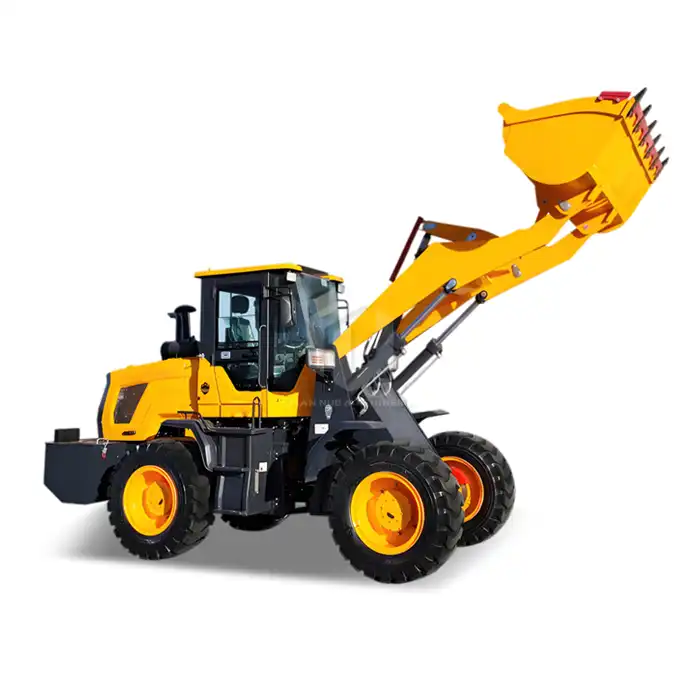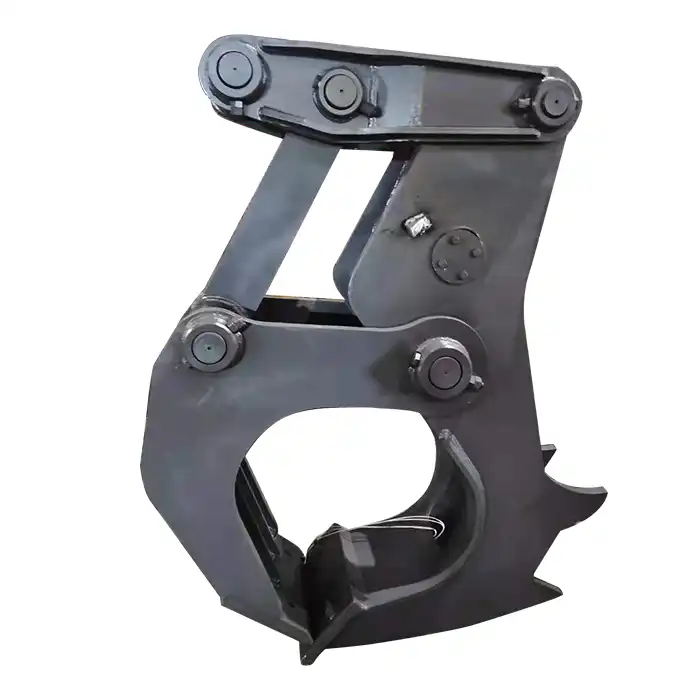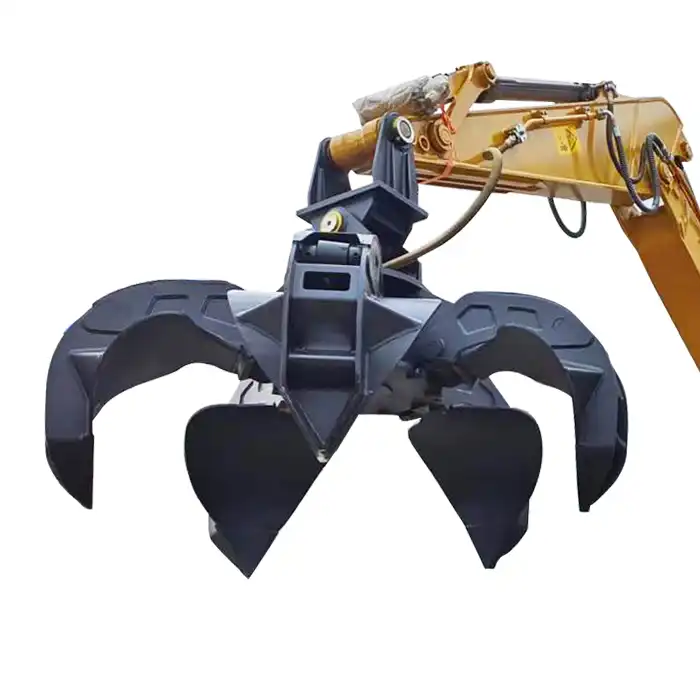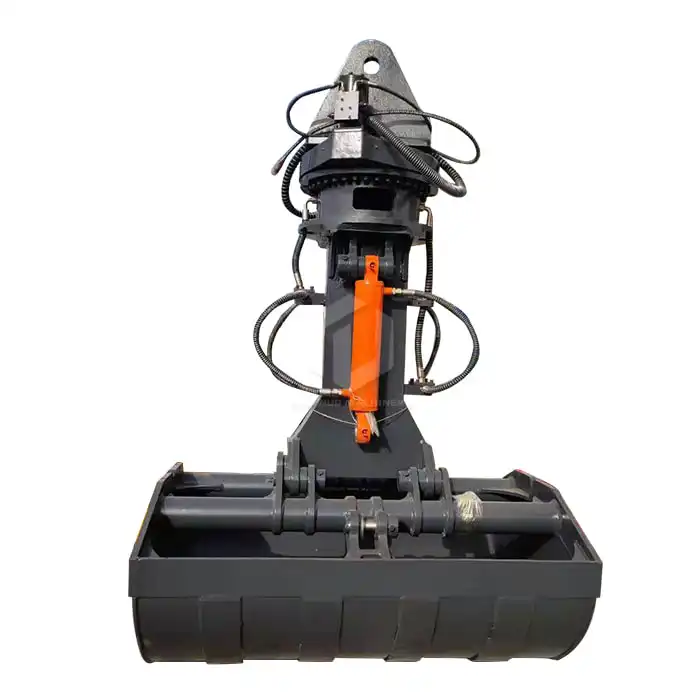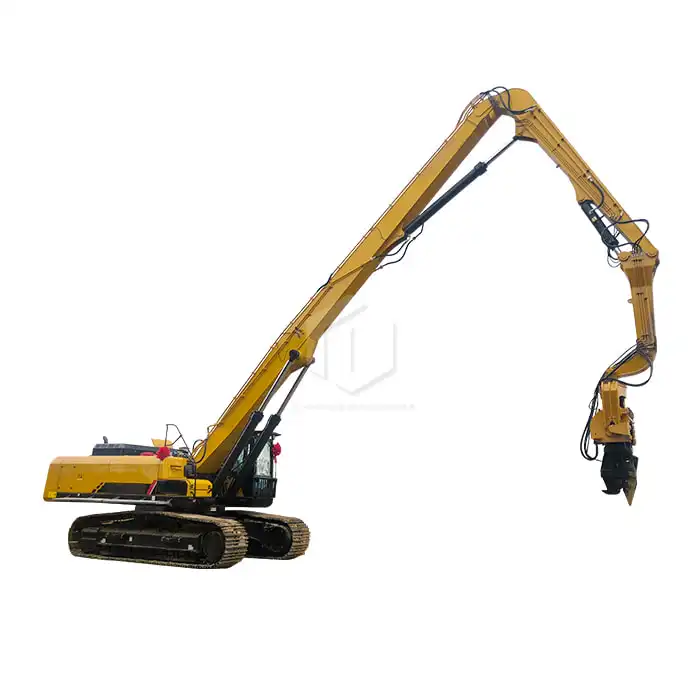What are 2 different types of buckets that can be used in an excavator?
Excavators are essential machines in the construction and demolition industries, known for their versatility and efficiency. One of the key components that contribute to this versatility is the bucket. While there are many specialized attachments available, two common types of buckets used with excavators are the standard digging bucket and the trenching bucket. Understanding these types not only helps in selecting the right tool for the job but also enhances productivity on-site. In this blog, we will explore the different types of excavator buckets, focusing specifically on the standard digging bucket and the trenching bucket, their applications, and how they can be effectively utilized.
What is the Purpose of an Excavator Bucket?
The primary purpose of an excavator bucket is to move material efficiently. Whether it's digging, lifting, or transporting soil, gravel, or debris, the design and functionality of the bucket play a crucial role in determining how well these tasks are performed. The right bucket can significantly increase productivity and reduce operational costs by optimizing the excavation process.
Buckets come in various shapes and sizes tailored to specific tasks. For instance, a standard digging bucket is generally wider and has a flat bottom, making it ideal for general excavation tasks. On the other hand, a trenching bucket is narrower and deeper, designed for creating precise trenches for utilities or drainage. This diversity in bucket design allows excavators to handle a wide range of applications, from site preparation and landscaping to heavy-duty demolitions.
Why Choose a Standard Digging Bucket Over Other Options?
A standard digging bucket is one of the most commonly used excavator attachments, and for good reason. It offers a versatile solution that can accommodate various excavation tasks. But why should operators favor this type of bucket over others? The answer lies in its design and functionality.
Versatility in Applications
The standard digging bucket typically comes in various widths, allowing for adaptability across different projects. From general earth moving to landscaping and site preparation, this bucket can handle an array of materials like soil, sand, clay, and even light gravel. Its broad base and sharp teeth enable efficient penetration into tough soils while maintaining stability when moving larger volumes of material.
This versatility extends beyond just digging; it can also be used for grading, leveling, and backfilling. As a result, operators find themselves needing this attachment for multiple jobs, reducing the need for frequent bucket changes during operation. Moreover, being able to switch between tasks without downtime contributes to overall project efficiency.
Cost-Effectiveness
Investing in a standard digging bucket often proves to be more cost-effective than purchasing multiple specialized buckets for every specific job. Since it can perform various functions, contractors can save money on both equipment purchases and maintenance. Furthermore, because this type of bucket is widely used, replacement parts and service options are generally more accessible and affordable.
Enhanced Performance
When equipped with a standard digging bucket, excavators tend to perform better due to the bucket’s optimized design. The cutting edge, formed by the bucket's teeth, aids in breaking up hard dirt layers, allowing for easier digging. Additionally, these buckets usually feature reinforced side plates and additional wear protection, enhancing durability and extending service life.
Conclusion
The standard digging bucket stands out as a highly versatile and cost-effective choice for excavator operators. Its ability to handle a variety of tasks makes it a staple in many construction fleets, facilitating smoother workflows and improved productivity on-site.
How Does a Trenching Bucket Differ from Other Excavator Buckets?
While the standard digging bucket serves many functions, the trenching bucket is a specialized attachment designed for more specific tasks. Understanding how this bucket differs from others is essential for operators looking to optimize their excavation processes.
Design Features
A trenching bucket is typically narrower and deeper than a standard digging bucket. This design allows for the creation of precise trenches needed for laying pipes, electrical conduits, or drainage systems. The narrow width ensures that excavators can dig accurately without disturbing the surrounding area more than necessary.
Moreover, trenching buckets often feature high sides and reinforced edges for added strength and durability, allowing them to withstand the rigors of trenching work. The shape also facilitates better spoil retention, meaning that less material is lost during excavation.
Specific Use Cases
Trenching buckets excel in tasks requiring precision and depth. They are ideal for utility installations, where accurate trench dimensions are essential. Roadwork projects that involve laying cables for telecommunications also benefit from this bucket’s design, as it minimizes surface disruption and leads to quicker project completion.
In addition to utility work, these buckets can be employed in agricultural settings for small-scale irrigation ditches or drainage systems, emphasizing their flexibility in application.
Efficiency and Speed
The unique design of trenching buckets translates to faster excavation speeds for specific tasks. Operators can dig deeper and more accurately than with a standard bucket, which can improve project timelines. With a trenching bucket, excavators can cleanly remove material, reducing the time spent on cleanup and ensuring more efficient operations.
If you want to learn more information about excavator buckets, you can contact us at tiannuo@railwayexcavatorattachments.com!
References
Caterpillar Inc. (2022). "Excavator Bucket Types." Caterpillar Official Website
Komatsu Ltd. (2023). "Buckets & Attachments for Excavators." Komatsu Official Website
Mecalac (2021). "The Importance of Excavator Bucket Selection." Mecalac Insights
Volvo Construction Equipment (2022). "Excavator Attachments: Buckets." Volvo CE Official
Bobcat Company (2023). "Choosing the Right Excavator Bucket." Bobcat Official Resource
Wain-Roy (2022). "Types of Excavator Buckets and Their Uses." Wain-Roy Product Guide
Case Construction Equipment (2023). "Understanding Excavator Bucket Options." Case CE Resources
Liebherr Group (2022). "Excavator Attachments: What You Need to Know." Liebherr Official Information
Construction Equipment Guide (2023). "A Guide to Excavator Buckets for Different Tasks." Construction Equipment Guide Article
American Society of Civil Engineers (ASCE) (2022). "Heavy Equipment Basics: Excavators." ASCE Library

